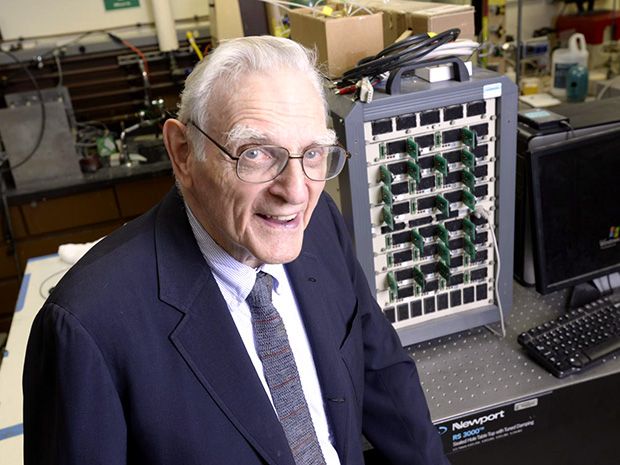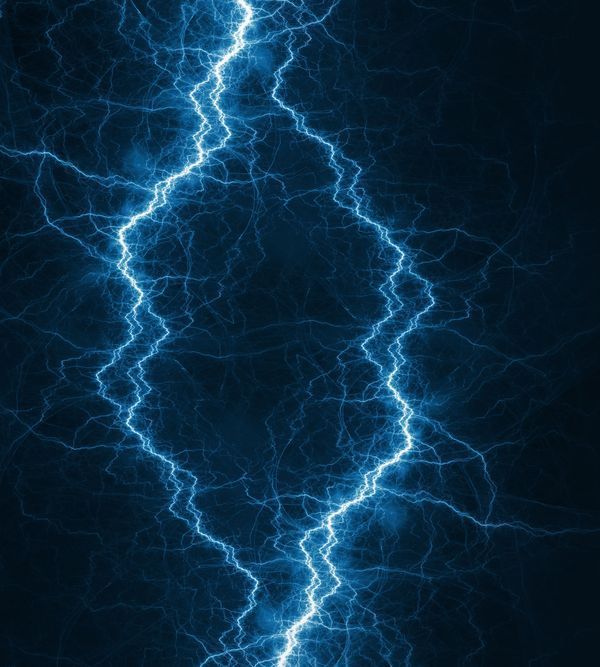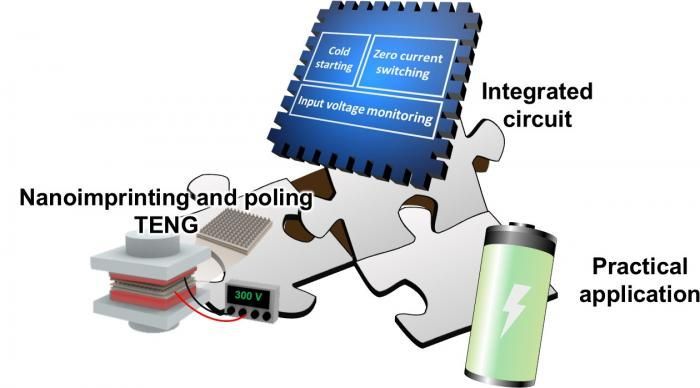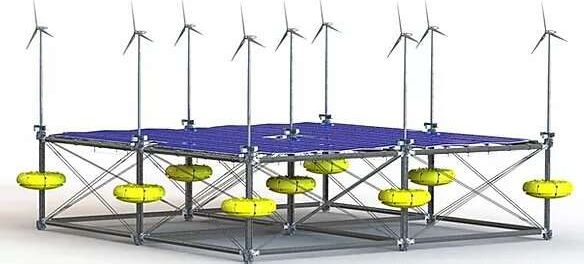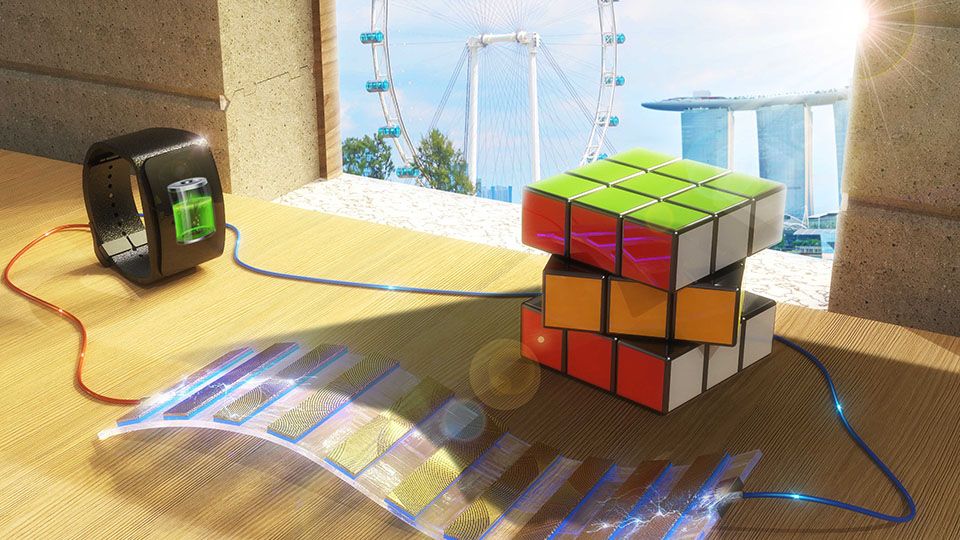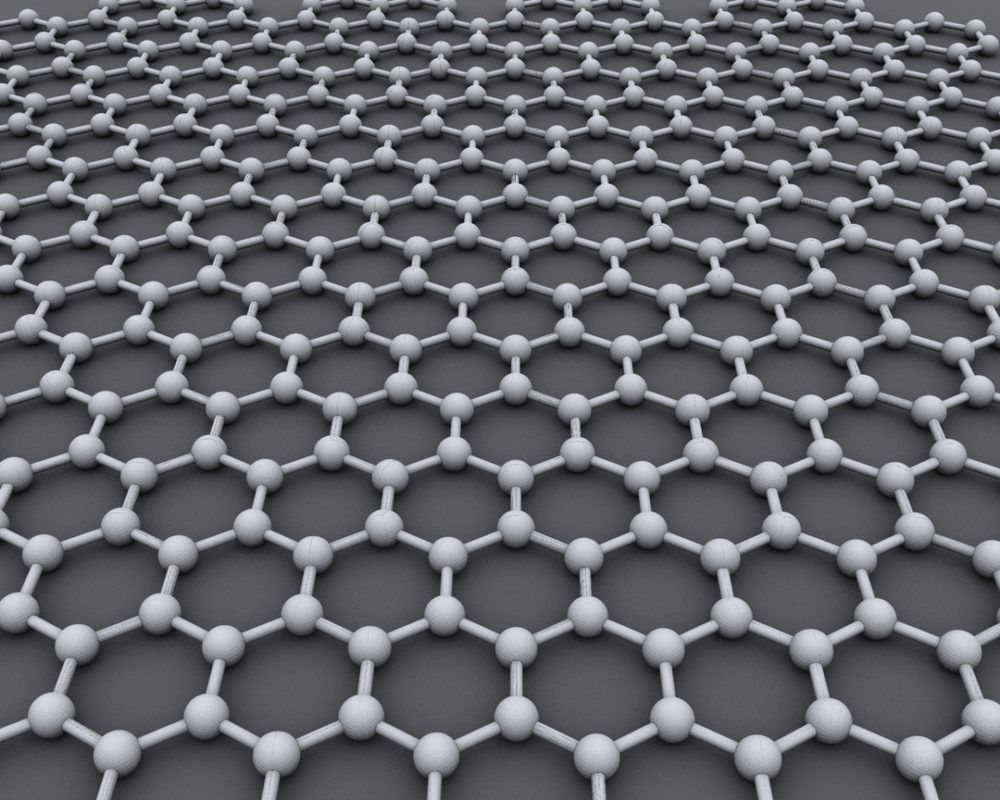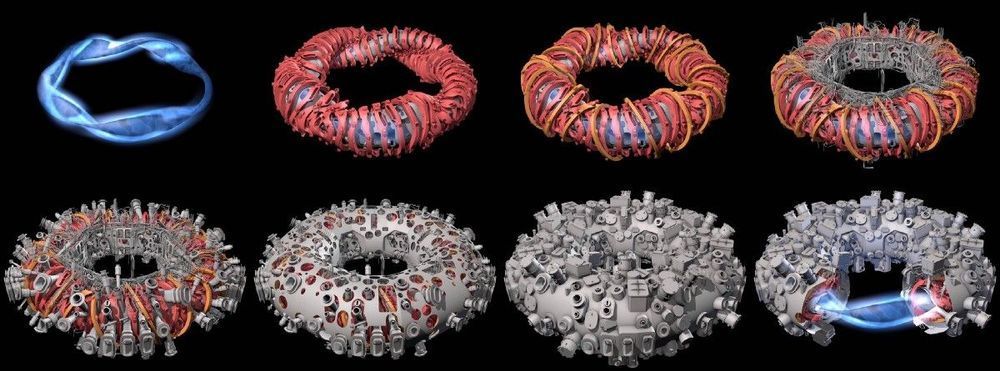Archive for the ‘energy’ category: Page 230
May 29, 2020
Used Electric Car Batteries Could Be Recycled into New Life as Energy Storage for Solar Farms, Says New Study
Posted by Quinn Sena in categories: energy, sustainability, transportation
The MIT researchers say that the average used car battery could provide up to a decade of backup storage for solar grids.
May 29, 2020
Will a New Glass Battery Accelerate the End of Oil?
Posted by Quinn Sena in categories: energy, internet, sustainability
Circa 2017
Electric car purchases have been on the rise lately, posting an estimated 60 percent growth rate last year. They’re poised for rapid adoption by 2022, when EVs are projected to cost the same as internal combustion cars. However, these estimates all presume the incumbent lithium-ion battery remains the go-to EV power source. So, when researchers this week at the University of Texas at Austin unveiled a new, promising lithium- or sodium–glass battery technology, it threatened to accelerate even rosy projections for battery-powered cars.
“I think we have the possibility of doing what we’ve been trying to do for the last 20 years,” says John Goodenough, coinventor of the now ubiquitous lithium-ion battery and emeritus professor at the Cockrell School of Engineering at the University of Texas, Austin. “That is, to get an electric car that will be competitive in cost and convenience with the internal combustion engine.” Goodenough added that this new battery technology could also store intermittent solar and wind power on the electric grid.
Continue reading “Will a New Glass Battery Accelerate the End of Oil?” »
May 29, 2020
Energy Scavengers: Static Electricity Could Power the World
Posted by Quinn Sena in categories: energy, sustainability
By harvesting the everyday energy of static electricity, scientists may have found the world’s most plentiful source of renewable, sustainable power.
May 29, 2020
Static electricity as strong as lightning can be saved in a battery
Posted by Quinn Sena in categories: energy, nanotechnology
Prof. Dong Sung Kim and his joint research team presented a new technology that can increase the amount of power generated by a triboelectric nanogenerator. The research team developed a high-efficiency integrated circuit to obtain reliable and practical electrical energy from the triboelectric nanogenerator.
May 27, 2020
German firm introducing game-changing solar-wind-wave energy platform
Posted by Saúl Morales Rodriguéz in categories: energy, sustainability
A German power firm will launch demonstrations of a one-of-a-kind, triple-threat power generating platform off Iraklio, Greece, later this year.
SINN Power has been testing wave energy converter modules for five years. Buoys attached to steel frame components generate energy as waves push them up and down. The modular nature of the platform is unique in the industry.
“The modular design has been a key element since we started developing maritime technologies that allow flexibility and a wide variety of applications,” according to SINN Power CEO Philipp Sinn. “The floating platform can supply renewable energy to islands across the world … and contribute to the worldwide implementation of offshore wind farms.”
May 26, 2020
Novel Device Harnesses Shadows to Generate Electricity
Posted by Quinn Sena in categories: electronics, energy
Researchers have created a device called a ‘shadow-effect energy generator’ that makes use of the contrast in illumination between lit and shadowed areas to generate electricity. This novel concept opens up new approaches in harnessing indoor lighting conditions to power electronics.
Shadows are often associated with darkness and uncertainty. Now, researchers from the National University of Singapore (NUS) are giving shadows a positive spin by demonstrating a way to harness this common but often overlooked optical effect to generate electricity.
“Shadows are omnipresent, and we often take them for granted. In conventional photovoltaic or optoelectronic applications where a steady source of light is used to power devices, the presence of shadows is undesirable, since it degrades the performance of devices. In this work, we capitalised on the illumination contrast caused by shadows as an indirect source of power. The contrast in illumination induces a voltage difference between the shadowed and illuminated sections, resulting in an electric current. This novel concept of harvesting energy in the presence of shadows is unprecedented,” explained research team leader Assistant Professor Tan Swee Ching, who is from the NUS Department of Materials Science and Engineering.
May 26, 2020
Investors bet $27.5 million that Nanotech Energy’s graphene battery breakthrough is the real thing
Posted by Genevieve Klien in categories: energy, nanotechnology
The startup claims to be “the world’s top supplier of graphene” and plans to release a non-flammable, environmentally friendly lithium battery that can charge “18 times faster than anything that is currently available on the market” — within the next year.
May 26, 2020
The Future Of Fusion? Meet The Stellarator
Posted by Quinn Sena in categories: energy, futurism
Can be used for a force field: 3.
Power and energy are essential parts of our everyday life. Every time you turn on a light, you’re using power. If you’re reading this online, you’re using energy. If you’re watching a video — you guessed it — you need energy. So that means that with so many people needing power and energy, we’re brought into a world that’s demanding more and more power. What’s more, getting this power is the hard part.
May 25, 2020
Global leader in harvesting energy and data from footfall
Posted by Brent Ellman in categories: energy, innovation
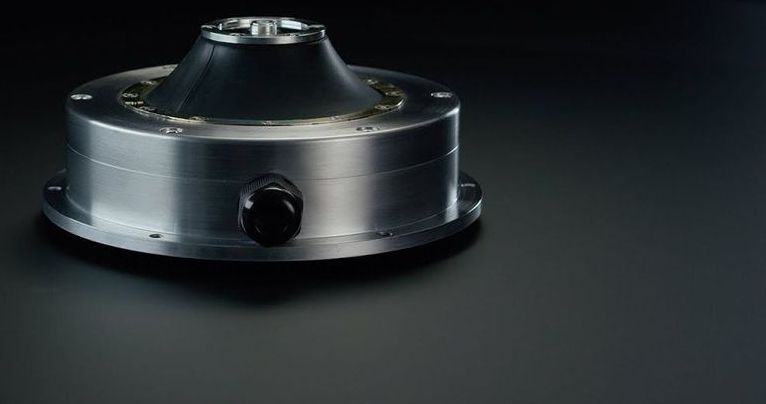
https://youtube.com/watch?v=PkEGoBe-EdA
“Pavegen creates high engagement with citizens by converting their footsteps into energy, data and rewards.
As pedestrians walk across the Pavegen system, the weight from their footsteps compresses electromagnetic generators below, producing 2 to 4 watt seconds of off-grid electrical energy per step.”
Continue reading “Global leader in harvesting energy and data from footfall” »


